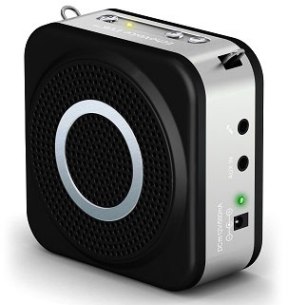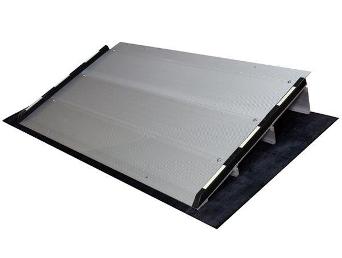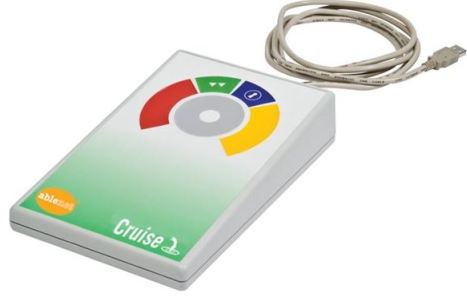More Details
* The power assisted wheels have an electric motor integrated into the wheel hub. When the wheelchair user applies force to the push rims, the motor engages and assists to propel the wheelchair
* A small bracket is attached to the wheelchair frame to allow the powered wheels to be secured to the wheelchair. The batteries and wheels are removed without the need for tools
Controls
* The batteries form the inner part of the wheel's hub. The control panel is on the exterior surface of the battery. The panel includes a battery level indicator and a push button to control the power level. The e-motion wheels have 3 different power levels. The sensitivity on the left and right wheels can be adjusted independently
* Although there is a default setting for the device, there is some flexibility in selecting a program suited to individual needs with 10 different programs to choose from
Safety
* The manufacturer stresses that the wheelchair must have an anti tip system, or the purchaser needs to purchase the anti tip system that attaches to the e-motion itself.
Note
* The wheels weigh approx 10kg each
* Also the push rims are set just a little further out which may make a difference to someone with a limited range of movement
* The on-off is situated in the middle of each wheel. The switch to select the "high-low range" is situated about midway between the centre and the outside of the wheel. Accessing that switch may be challenging when the wheel has stopped with the switch at the lower position on the wheel
* The batteries are in a sealed housing which has to be serviced as a complete unit. They are NiCad batteries which means that the charge discharge cycling regime is very important to optimise the batteries life
Place Of Manufacture
Germany
Price Guide
Price is from Roland Priestley
Options
* Anti tip supports
* Replacement battery pack
* Voltage transformer for charging battery packs in a car
| Specification |
Standard |
| Load Capacity (supplier stated) |
Unknown |
Additional Dimensions
Diameter 560 mm or 610 mm
Overall Weight 24 kg
(without wheelchair)
Operating Voltage 24 Volt
Standards
Standards
Some assistive technology needs to meet Australian or other standards. Standards may relate to materials, manufacturing and installation. Products that meet Australian or international standards will have written certification. To find out if a product meets Australian Standards ask the supplier to show you the certificate. For more information about standards also see
www.ilcnsw.asn.au/home/assistive_technology/standards
TGA
Many of the items on the ILC NSW website are categorised as a Medical Device. Medical devices that are approved for use in Australia have been entered into a national database called the Australian Register of Therapeutic Goods (ARTG), which is maintained by the Therapeutic Goods Administration (TGA). You can ask the supplier for the ARTG number for the device you wish to purchase and search the ARTG for the entry. To access information on the ARTG visit www.tga.gov.au
When buying a medical device it is advisable to only choose a medical device that is recommended by a healthcare professional and has been included on the ARTG.



 subscribers
subscribers 




